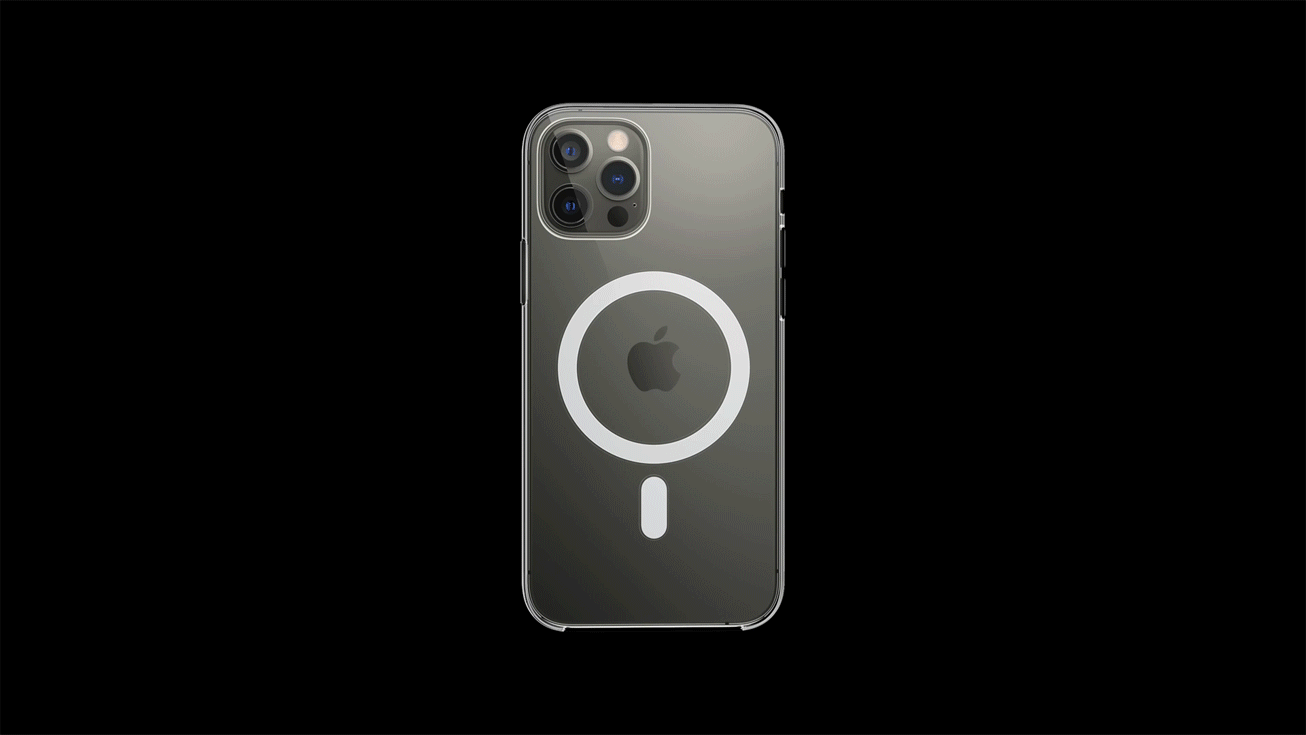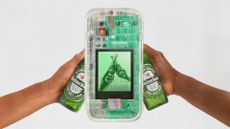For the last few iPhone generations, a regular rumour/wish is for Apple to adopt USB-C as the iPhone's lone port, replacing the Lightning port it currently has. That's been true for the iPhone 13 too, but a new report from noted analyst Ming-Chi Kuo says that not only will the iPhone 13 not get USB-C, no future iPhones will either.
In the report, seen by AppleInsider (via The Verge), Kuo says: "We believe that USB-C is detrimental to the MFi business’s profitability, and its waterproof specification is lower than Lightning and MagSafe."
'MFi' refers to Apple's 'Made for iPhone' licensing system, where accessories can obtain Apple's stamp of approval for the product by using Lightning connector parts that are up to Apple's spec, with a logo that means a certain level of quality is expected.
The waterproofing reference is a little surprising in practice – it may well be true, but given that the Samsung S21 and iPhone 12 both have the same IP68 official waterproof rating, it doesn't seem like waterproofing is holding USB-C back right now…
Kuo suggests that Apple won't make the move to USB-C partly because its long-term ambition is to use solely the new MagSafe charging system from the iPhone 12 and iPhone 12 Pro. In this system, a Qi-like wireless charger fixes to the back of the phone with a ring of magnets, which holds it in the optimum charging position, meaning it can charge up to 15W.
If Apple did go MagSafe only, the idea would be to remove all plugs from the device, making the design even more waterproof (and sleek) – so they won't go to the bother of switching to USB-C just to remove it shortly after. That said, Kuo does predict that iPhones will stick with Lightning "for the foreseeable future", because the company doesn't believe that the MagSafe ecosystem of products is ready to be a replacement just yet.

MagSafe hints at the possibility of a totally portless future.
Why is USB-C on iPhone such a big deal?
Swapping Lightning for USB-C is a much-wanted feature for lots of people because of its versatility, and the fact that it's near-universal. Taking a single USB-C charger on a trip with you means you could charge your laptop, tablet, headphones and phone as needed… but only if the phone is Android. Despite using USB-C for the iPad Air (2020) and iPad Pro (2020), as well as all of its laptops including the new MacBook Air (M1), Apple is sticking with Lightning for the iPhone.
When Apple added USB-C to the iPad Pro, it was a banner day, because it made it so much easier to add accessories to it, from microphones to external storage to 4K monitors. One reason people want USB-C on the Pro iPhone models especially is for this kind of flexibility – not 4K monitors, of course, but it would make it it simpler to use microphones for making videos or podcasts, or for photographers shooting in Apple's new ProRAW format to quickly back up shots to another drive.
The one big issue with USB-C for accessories so far has been headphones – compatibility with different devices for headphones has proven to be a total mess, which is a problem that Apple doesn't have with Lightning, since it controls the spec. However, with everyone going for wireless headphones these days, is that such a benefit any more?
We'll hold out hope for USB-C on iPhone a little longer, but it doesn't sound like we'll be getting our wish. Odds are we'll hear about the iPhone 13 in September or October. In March, we're expecting an event with AirPods 3 and the iPad Pro (2021).



